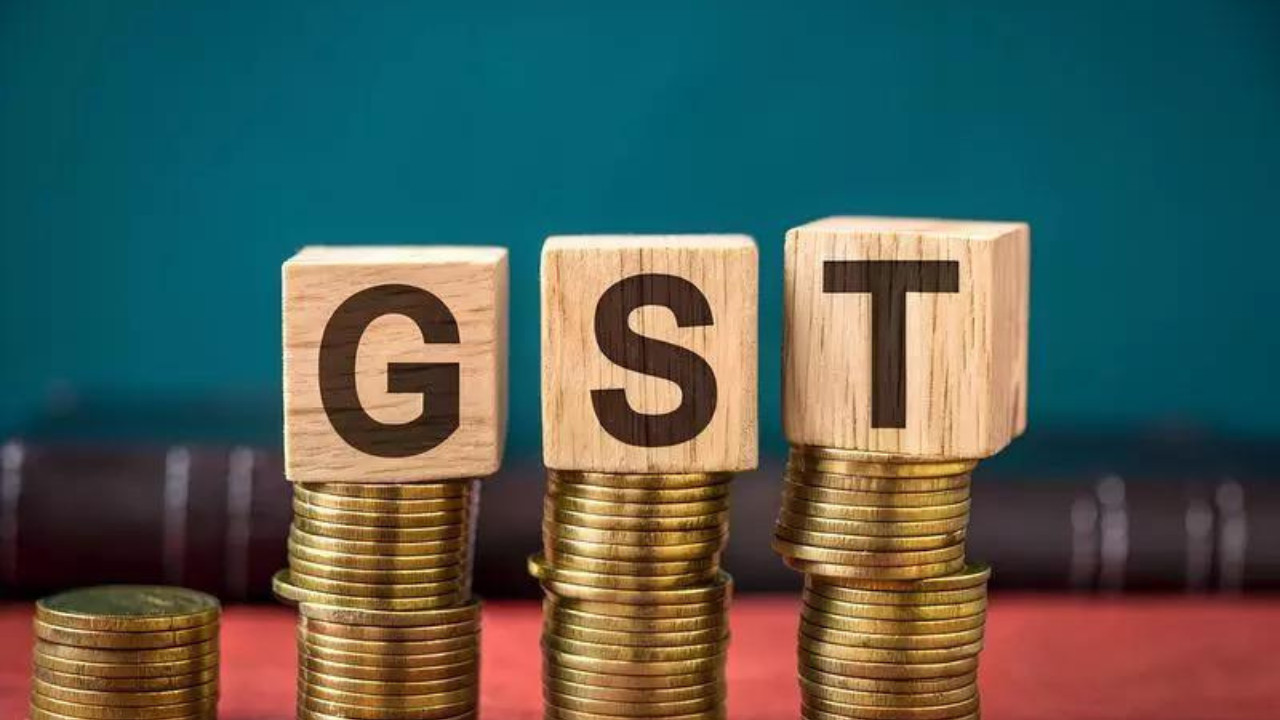SBI Research projects states will be net gainers under the GST rate overhaul, with collections exceeding Rs 14.10 lakh crore this fiscal. While past rate cuts caused temporary revenue dips, collections rebounded strongly. The proposed simplified system is expected to boost long-term revenue buoyancy and economic efficiency, despite initial concerns from some states.
GST 2.0: A Revenue Boost for India’s States?
The Goods and Services Tax (GST), since its inception, has been a subject of ongoing discussion, fine-tuning, and, let’s be honest, a bit of head-scratching. But it’s also been a crucial cornerstone of India’s evolving economic landscape. Now, whispers of GST 2.0 are circulating, promising a potential windfall for states and a streamlined system for everyone. But are these whispers more than just wishful thinking?

A recent report from SBI Research suggests that states could collectively gain a whopping ₹14.1 lakh crore from their own GST revenues. That’s not small change. This projection hinges on a future scenario where the GST system undergoes further rationalization – GST 2.0, if you will. The underlying idea is simple: fewer tax slabs, clearer rules, and a more efficient collection process.
The Promise of Rationalization
Currently, the GST structure involves multiple tax rates, which, while designed to accommodate different goods and services, can also lead to complexity and compliance challenges. Businesses, especially smaller ones, often struggle with navigating the intricacies of the system. The SBI Research report hints at a potential simplification – a move towards fewer tax slabs, making compliance easier and potentially boosting overall tax collection. Think of it like decluttering your wardrobe. A streamlined system makes it easier to find what you need, and in this case, easier for businesses to pay their taxes.
This rationalization isn’t just about fewer slabs; it’s about plugging the leaks in the system. A more efficient GST system could minimize tax evasion and improve overall compliance. It could lead to a scenario where everyone pays their fair share, contributing to a larger revenue pool for states.
How Will the States Benefit from GST 2.0?
The projected ₹14.1 lakh crore increase in revenue for states is a significant figure. What would this influx of funds actually mean on the ground? More money for infrastructure development, improved healthcare facilities, better educational resources – the possibilities are extensive. It gives states greater financial flexibility to invest in their own development priorities.
Imagine state governments being able to allocate more resources to tackling pressing social issues, supporting local businesses, and creating more employment opportunities. That’s the potential ripple effect of a well-implemented GST 2.0. Of course, the devil is in the details. How this revenue is distributed among states and how effectively it’s utilized will be critical.
The Road Ahead for Streamlined Taxation
The journey toward GST 2.0 isn’t without its hurdles. Reaching a consensus on tax slab rationalization among all states is a complex task, requiring careful negotiation and compromise. Each state has its own unique economic circumstances and revenue needs, so finding a solution that works for everyone will be a delicate balancing act.
Furthermore, simply reducing the number of tax slabs isn’t enough. The entire GST system needs to be reviewed and updated to address existing loopholes, improve enforcement, and enhance the overall user experience. This includes investing in technology to streamline the filing process, providing better training and support to businesses, and strengthening mechanisms to detect and prevent tax evasion.
It is also important to consider the impact of such a system on the end consumer. Will these changes translate into lower prices for goods and services? Or will the benefits primarily accrue to businesses and state governments? These are crucial questions that need to be addressed as GST 2.0 takes shape.
While the path forward may not be entirely clear, the potential benefits of a streamlined and rationalized GST system are undeniable. The promise of increased revenue for states, coupled with improved ease of compliance for businesses, makes GST 2.0 a compelling prospect for India’s economic future. As the system evolves, continuous monitoring and evaluation will be essential to ensure that it achieves its intended goals and delivers tangible benefits to all stakeholders. To understand more about how current economic policies are shaping India, consider reading about the recent changes in export strategies.







